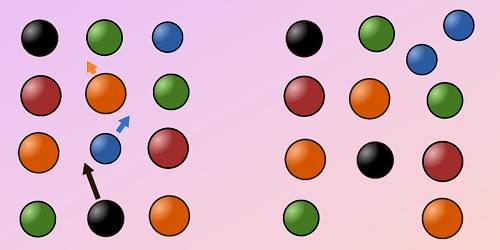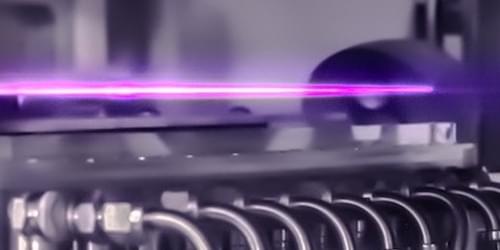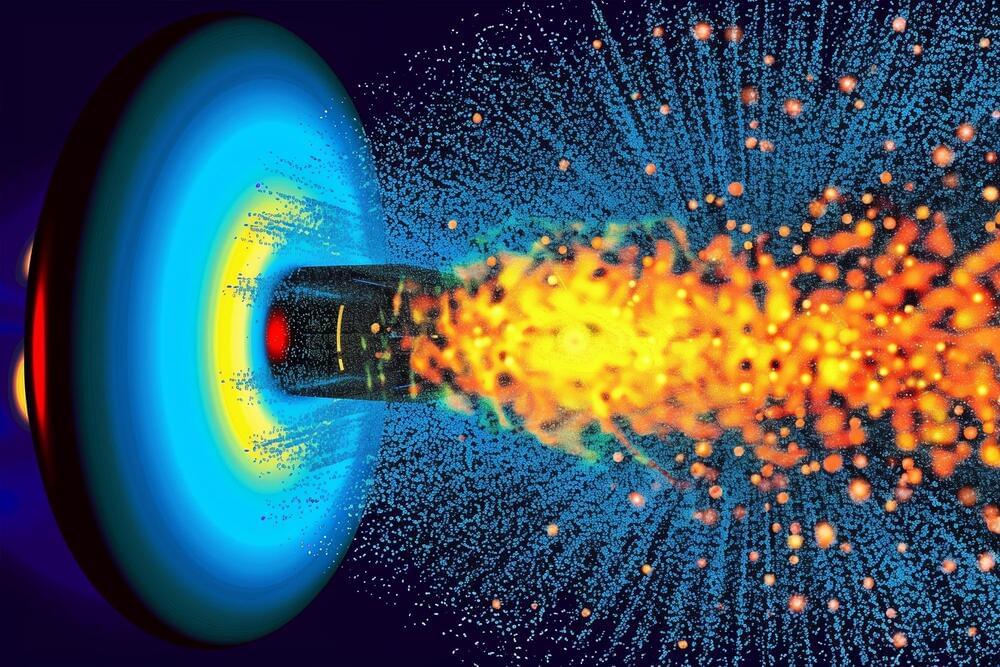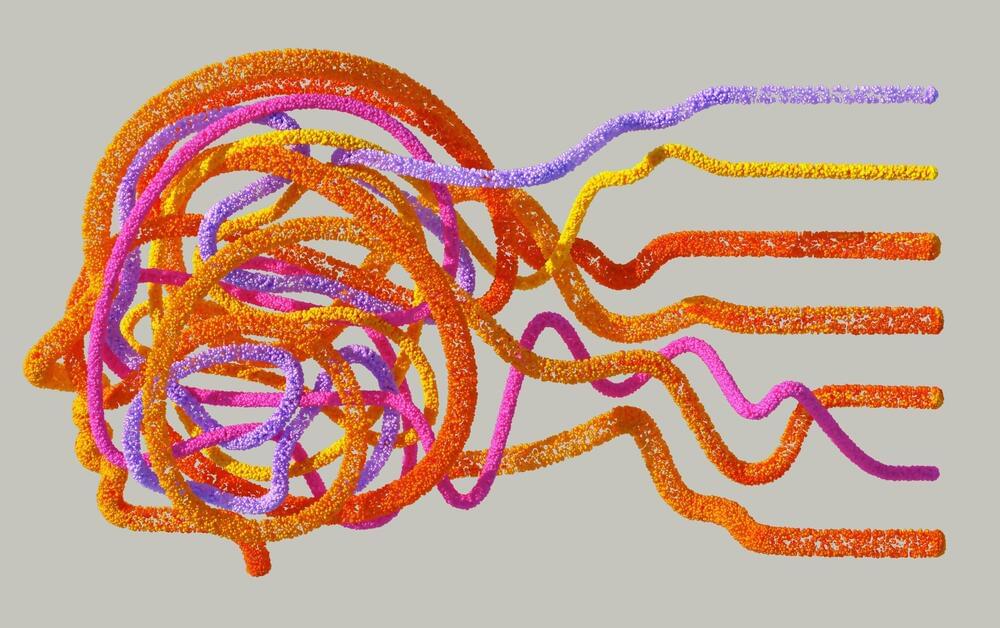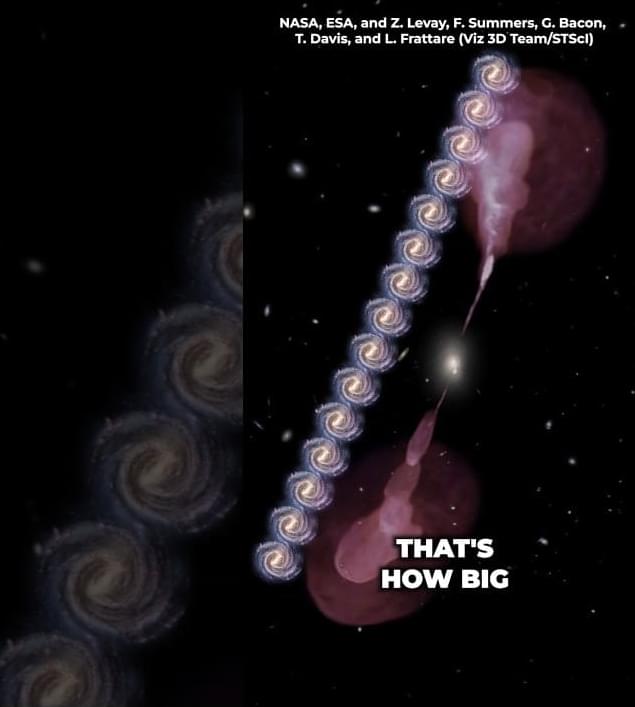MIT physicists have created a new and long-lasting magnetic state in a material, using only light.
In a study that appears in Nature, the researchers report using a terahertz laser —a light source that oscillates more than a trillion times per second—to directly stimulate atoms in an antiferromagnetic material. The laser’s oscillations are tuned to the natural vibrations among the material’s atoms, in a way that shifts the balance of atomic spins toward a new magnetic state.
The results provide a new way to control and switch antiferromagnetic materials, which are of interest for their potential to advance information processing and memory chip technology.

